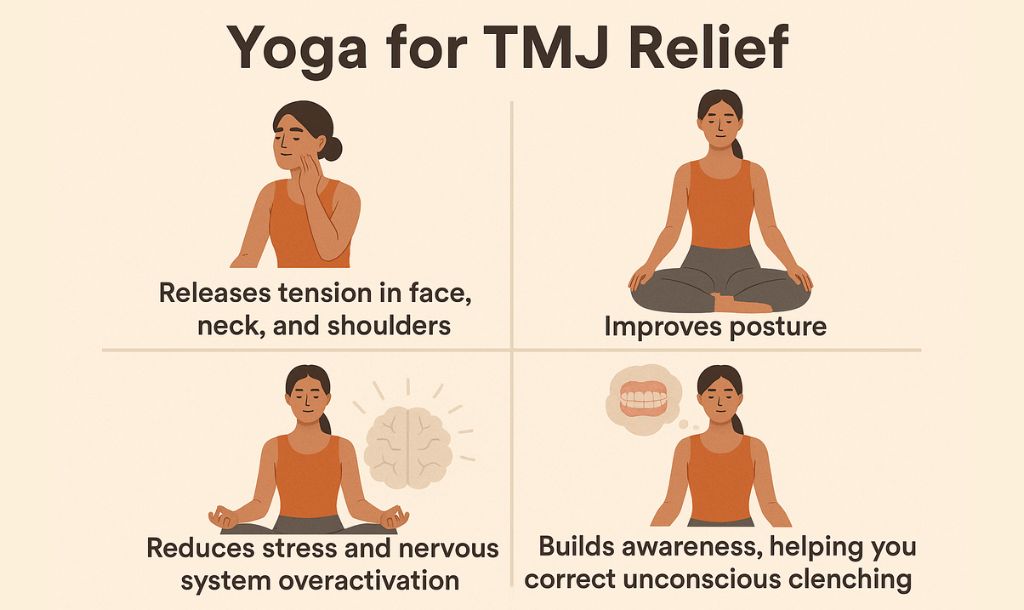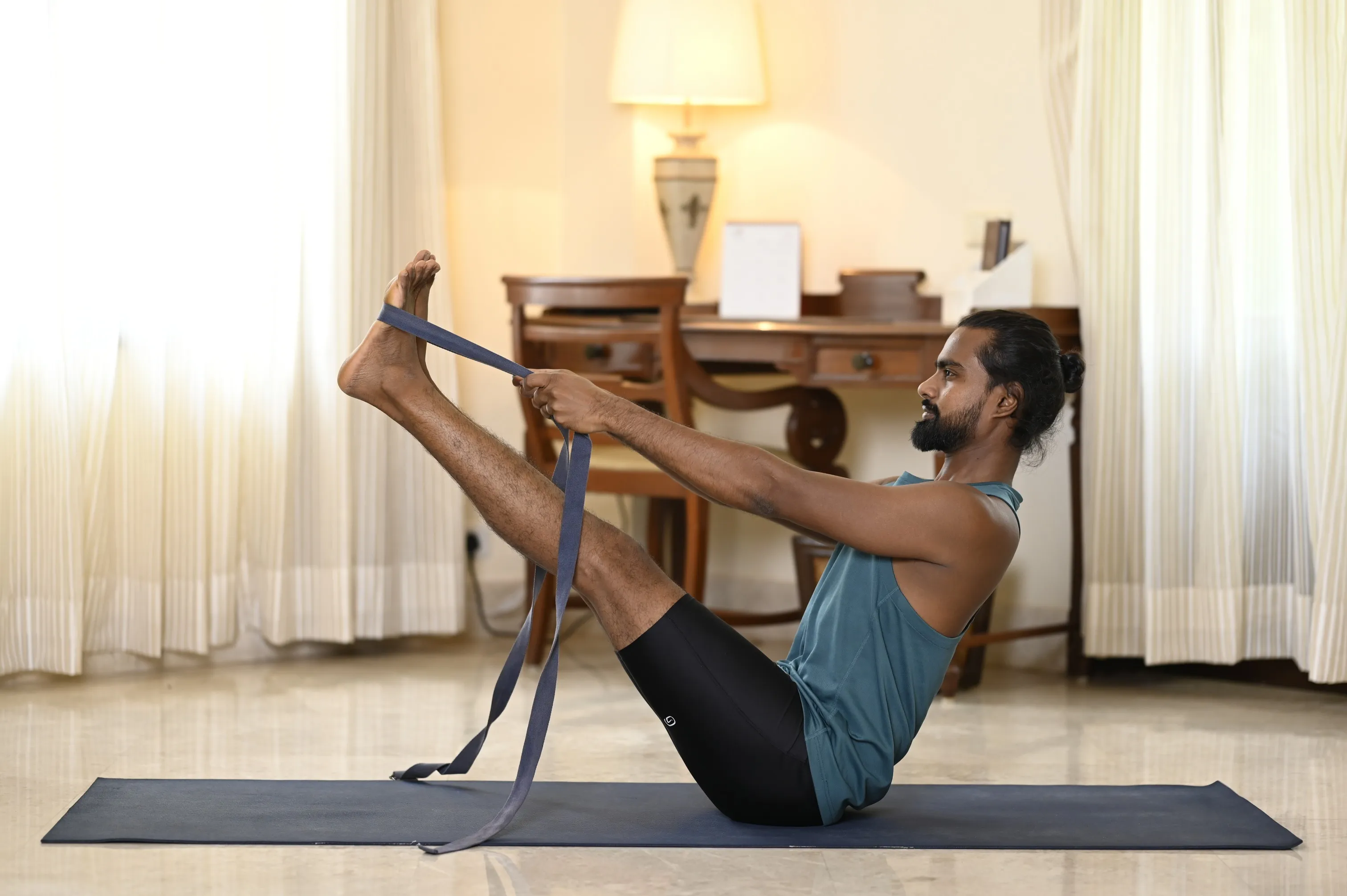What is Shavasana (Corpse Pose)?
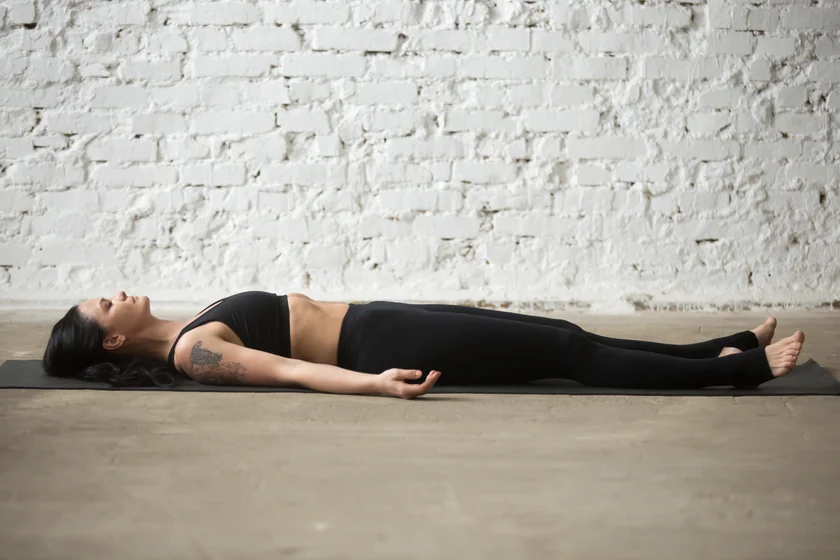
Shavasana (or Mrtasana) is a beginner-friendly restorative yoga pose. Usually, this pose is performed at the end of every yoga routine to release any tension from the whole body.
Yoga practitioners like to close their eyes and focus on a deep rhythmic breathing pattern in the corpse pose practice; this enables the mind, body, and soul to find balance and rejuvenates the overall flow of Prana in the nervous system.
Overview & Etymology
The name is derived from the Sanskrit term “the Sava,” which means "Corpse," and Asana, which means "Posture" or "Seat."
Whereas, Mrtasana is also derived from the Sanskrit word Mrta, which means "death."
In the first chapter's verse 32 of Hatha Yoga Pradipika (HYP), the corpse pose is mentioned as a 'lying down on your back posture.'
In this pose, the practitioner has only one objective: to mimic the dead body-like stillness while maintaining the consciousness of mind and breath.
Sanskrit Name: शवासन Pronunciation: Shuh-Vah-Sana
Pose Type: Relax and Restorative Also known as: Mrtasana, and Corpse Pose
Strengthens: None Stretches: None
Health Benefits of Shavasana
Soothes the nervous system.
It helps to reduce high blood pressure.
Increases the flow of Prana in the blood.
Improves respiratory and cardiovascular functions.
Reduces symptoms of anxiety, stress, and depression.
Reduced levels of stress and anxiety help in reducing insomnia.
Reduces the effects of Vata Dosha (air element imbalance) on the body.
When to Avoid Performing Shavasana
Avoid during migraines.
Avoid if lying down on the back is painful.
Avoid if the mind is distracted or unable to focus.
Avoid if faced with a recent spine/neck/back injury or surgery.
Avoid if a regular focused breathing pattern is hard to maintain.
How to do Shavasana (Corpse Pose)
Savasana is itself a resting pose, so there is generally no need for a warm-up or relaxation routine in order to prepare for the corpse pose.
Even the steps are very straightforward and all it requires is mindful breath awareness. So, let’s dig straight into the steps of Shavasana.
Part 1: Step-by-Step Instructions to Perform Shavasana
This pose might seem easy, but it’s one of the hardest poses to master because it involves the challenge of finding a deep state of relaxation—with the intention of letting go. This pose is one of the main reasons people practice yoga.
The following is a list of corpse pose steps:
Step 1- Sit on the mat in a comfortable position. Relax your neck, shoulders, and spine.
Step 2- Lie on your back, rest your hands on your chest, and extend your legs forward.
Step 3- Relax every part of your body and feel yourself being supported by the mat beneath you.
Step 4- Observe your body from head to toe, surrendering to the present moment.
Step 5- Notice all the places where your body makes contact with the mat and release any tension in your muscles.
Step 6- With each exhalation, imagine your body getting heavier and sinking deeper into the mat. Release everything into the floor.
Step 7- Stay in this position for as long as you feel comfortable or desired.
Step 8- To exit this corpse-like formation, exhale deeply and roll onto one side.
Step 9- With a few deep breaths on the side, place one hand on the floor, press your hands and lift the torso from the yoga mat.
Step 10- Slowly align your head straight. Sit in Padmasana for a few minutes and then release.
Breath Awareness:
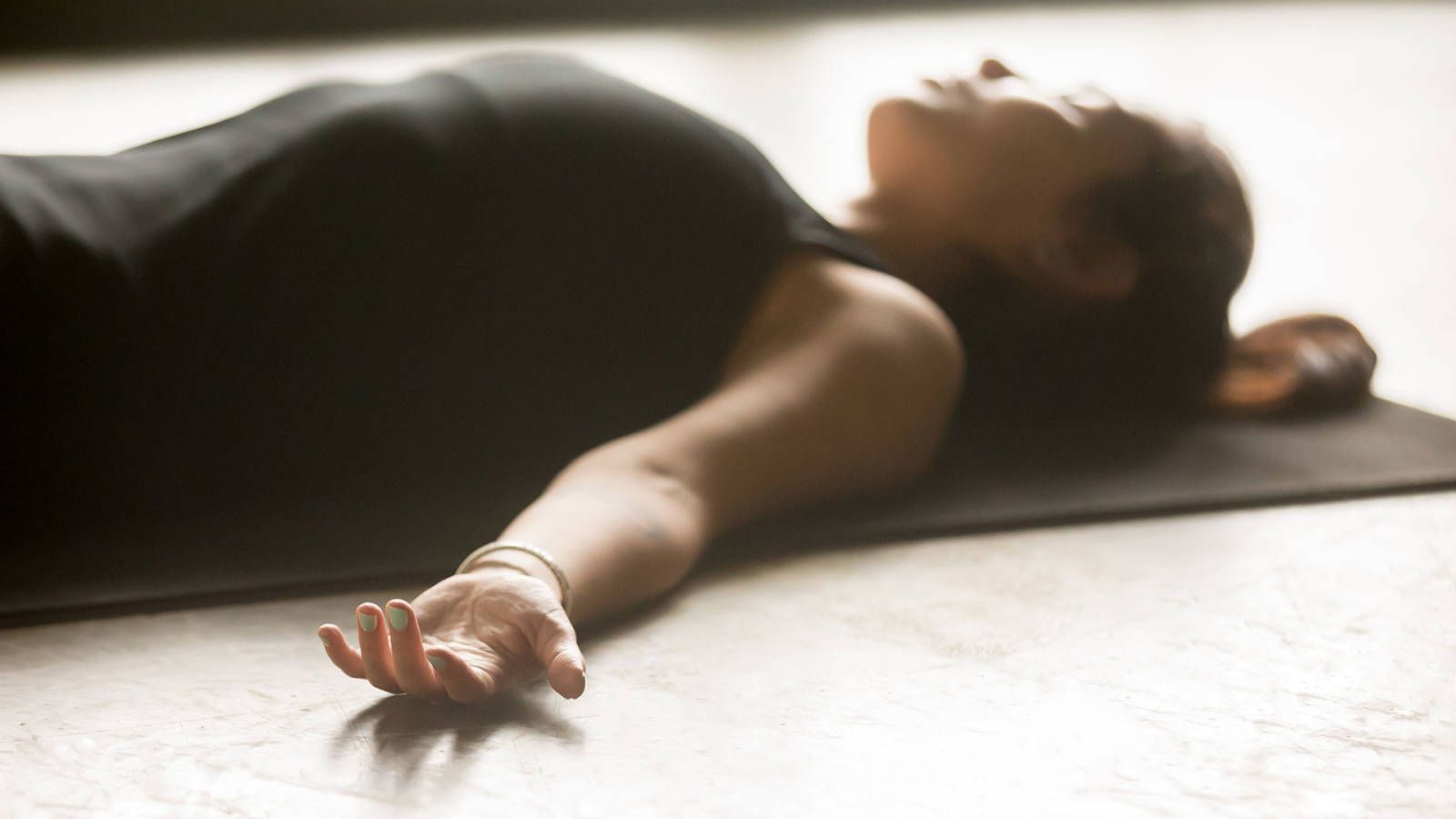
Deep Relaxation Technique or DRT is a breathing pattern that works best for Corpse Pose. It is a slow way of scanning the whole body for remaining stress points and releasing them by attaining coordination between breath and body.
Here is how you perform DRT while performing Shavasana:
Lying down in the Corpse position, completely relax and keep breathing normally for a few minutes here.
As you connect to a normal breathing pattern, try not to put a lot of pressure on any exhale or inhale motion.
Now, after 2-3 minutes, with an activated consciousness, scan your whole body from head to toe and try to release tension from each body part one by one.
Bring your awareness to the nostrils and feel the coolness and warmth of each inhale and exhale.
As you feel the breath, move your awareness from your toes to your waist and try to relax your whole lower body.
Move your awareness from the abdomen to the chest. Inhale deep and fill your abdomen with air, then exhale twice the size of inhaling.
Again, move your awareness up and open your chest for deeper breathing motion.
After a few seconds, slowly move your awareness towards your brain and close your eyes. Here, you can chant 4 to 5 rounds of AUM for a complete release of mental stress.
Now, feel the vibrations of your chant and observe whether your body feels relaxed or not. If not, you can repeat this cycle.
Performance Duration for Beginners: Hold the Corpse pose for 1 to 5 minutes.
Performance Duration for Advanced: Hold the Corpse pose for 10 to 20 minutes.
Part 2: Things to Keep in Mind
If you are a beginner at this practice, it’s good to stay aware of some key points before starting your yoga practice. The following are some important things to keep in mind while practicing Shavasana:
Don't arch your lower back: There should not be any gaps between your lower back and the ground while lying down on the yoga mat. This unnecessary gap can cause pressure and pain in the lower back.
So, make sure to tuck the abdomen inside towards the spine. When you engage the core, this arching problem no longer occurs.
Don't stress about your mindfulness: Many newbies start to feel stressed when they are asked to focus or be more conscious in the Corpse pose. As a beginner, it's too much. Just do what comes naturally.
Don't overthink it, or you won't be able to relax properly. Take guidance from a certified teacher while practicing Shavasana if you feel stressed.
Don’t let your mind wander: The human mind can be challenging to tame. Usually, when people with mental trauma or anxiety close their eyes, they find themselves lost in an infinite loop of memories.
To avoid this, start to feel your breath or add a loud mantra chant while relaxing in the corpse pose. Smile big with your eyes closed if your thoughts are too painful or if they increase feelings of stress even more.
Shavasana Variations to Consider
Every yoga practitioner has varying abilities to perform the same yoga posture. Here are a few different types of variations you can try while performing the corpse pose.
Choose the variation that best fits your practice routine from the list mentioned below.
1. Pentacle Pose: In the simple Shavasana stance, stretch the arms and legs wide to the sides like a star formation on the yoga mat.
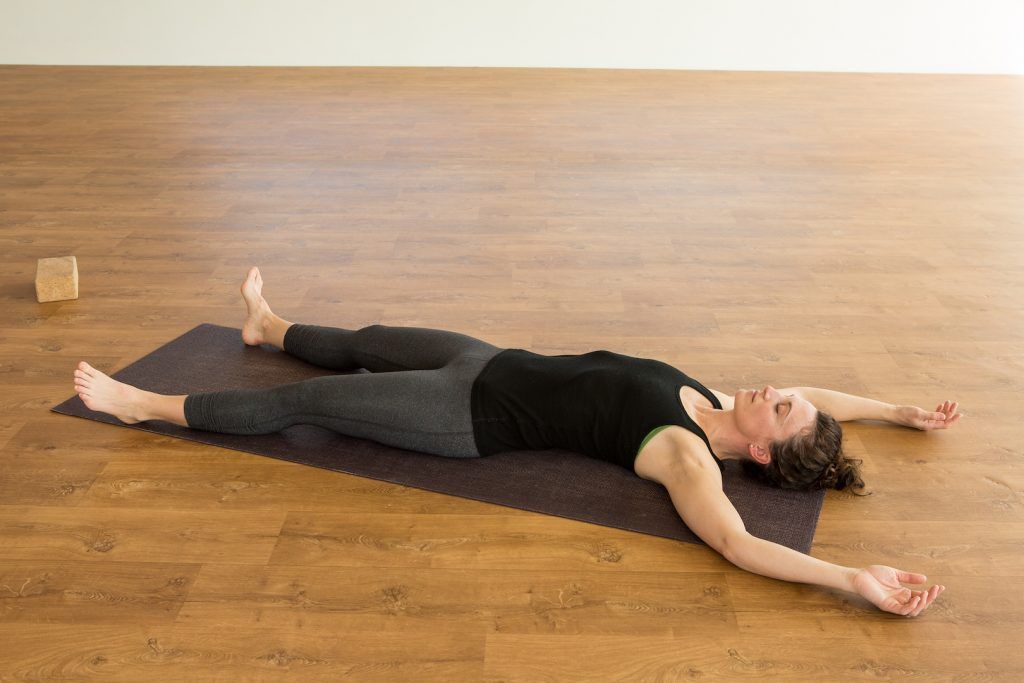
Make sure your breath is continuous and deep. The more you flex in this posture, the more relaxed your muscles will feel. Hold this pose for 5 to 10 minutes to release tension around your arms and legs.
2. Savasana Variation with Bent Legs: Also known as Constructive Rest Pose, this corpse pose variation is best suited for practitioners facing space issues between the lower back and ground while performing complete Shavasana.

The bent knees in corpse formation assist you in compressing the lower back further in the ground. This posture can be used as a gravitational pull to release the tension in the spine and lower back muscles. Also, it promotes good vertebrate alignment and the complete release of excess strain and stress.
3. Savasana Variation Elevated Legs:
In normal corpse posture, lift both legs upright towards the ceiling and add any supporting props like a gym ball, folded blankets, stacked pillows, or a chair in front of your hips to place your legs in a 90-degree angle.

Keep breathing at a normal pace and allow your upper body muscles to relax on the mat. Hold this pose here for as long as it feels comfortable. This is an excellent variation for women experiencing menstruation cramps, or people with pain around the knee joints.
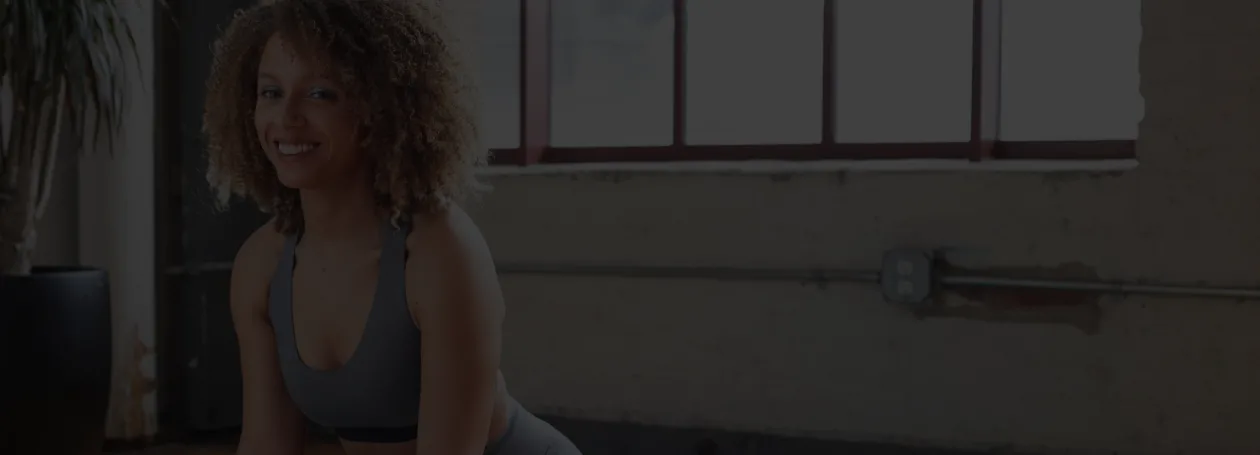
Enjoy a Free 1-on-1 Session with a Coach!
Receive personalized guidance tailored to your unique fitness goals, live with a dedicated coach—no credit card required.
Frequently Asked Questions about Shavasana
Shavasana is a Sanskrit word meaning "Corpse Pose," with the literal meaning of resting in a corpse-like posture. This is a total relaxation pose with some pranayama and meditation steps for more peaceful after-effects.
This yoga stance plays a preeminent role in the therapeutic yoga flow routine because every yoga session ends with a Savasana practice for cooling down the entire body.
Upright Shavasana refers to the position of your neck and spine when you are lying down on the ground in a corpse-like pose. So, while you lay back, make sure your core is engaged, and your lower back is connecting with the ground.
First, move your neck slowly from side to side and then gradually settle down by stabilizing your neck upright in the center of your yoga mat. Again, make sure that your neck is sinking into the yoga mat and there are no gaps between the two.
The main health benefits of Shavasana include deep relaxation in the muscles, improved mental stability, improved emotional strength, enhanced concentration, increased mindfulness, and expansion of breathing capabilities.
The corpse pose is a resting pose for yogis of all levels. So, even if you're a newbie to yoga, you can easily practice Shavasana in your daily exercise routine as a beginner.
Shavasana is the most accurate pronunciation because 'Shava' is the Sanskrit word for Dead Body or Corpse. Whereas "Sava" has the same sound effect, but it's not the right word in Sanskrit terminology.
In yoga, the art of relaxation can be overwhelming due to the combination of breathwork and active mindfulness it requires.
So, yes, it's a bit challenging to concentrate and calm your whole body as a newbie in Shavasana practice. But gradually, you can learn the techniques with proper guidance and execute this pose with ease.


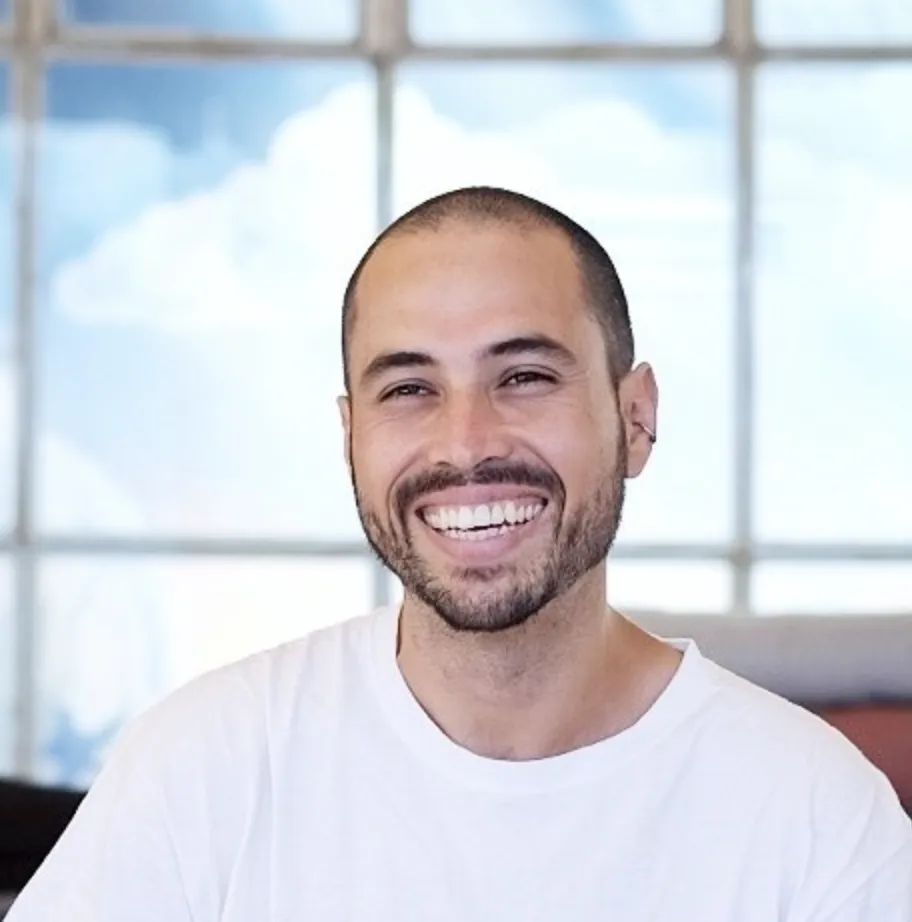
%20(7).jpg)
